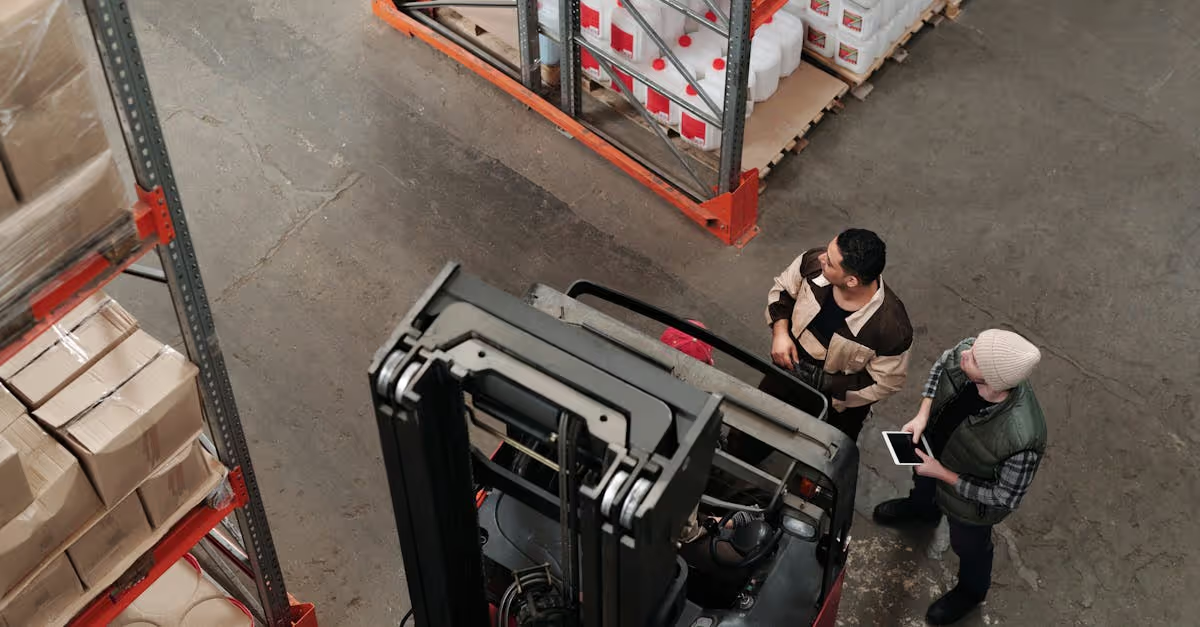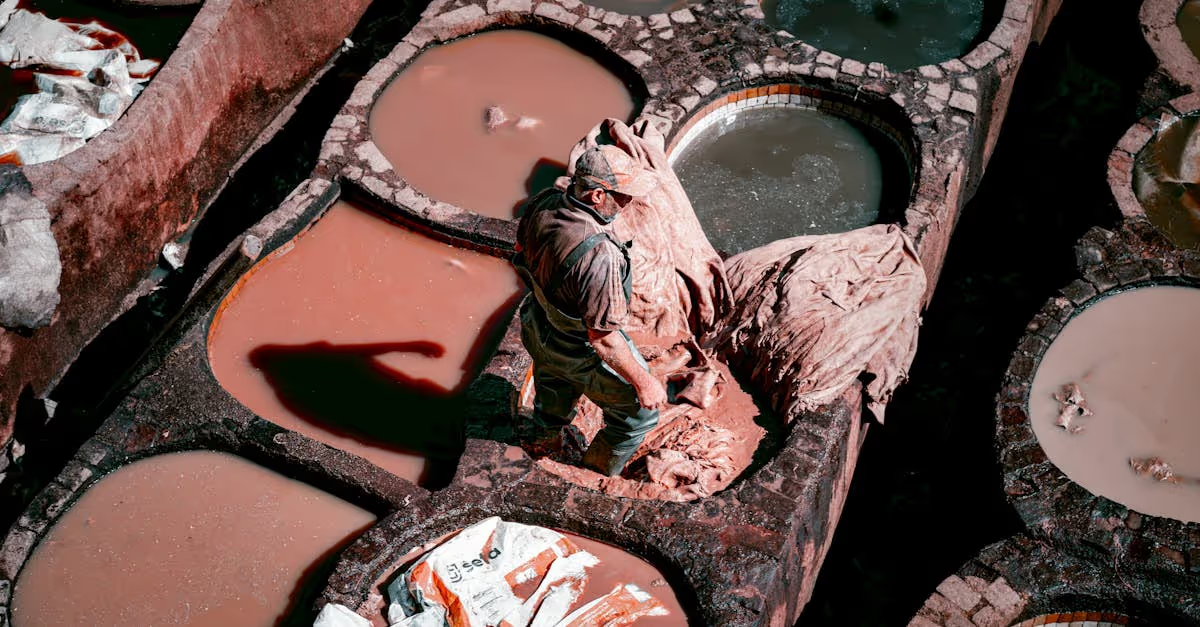Key Takeaways
- Types of Chemicals: Understand the three main categories for winterizing pools: algaecides, shock treatments, and winterizing chemicals, each serving a specific purpose in maintaining water quality and preventing damage.
- Proper Application: Balance pool water before adding chemicals, and ensure even distribution by pouring them around the pool perimeter and running the filter for 24 hours post-application.
- Follow Dosage Guidelines: Adhere to recommended dosage for effective chemical treatment, using approximately one quart of algaecide and one pound of shock per 10,000 gallons.
- Safety Practices: Prioritize safety by reading labels, using protective gear, and storing chemicals properly to prevent accidents and.ensure safe handling during winterization.
- Electrical Considerations: Monitor weather conditions and avoid adverse weather when applying chemicals to ensure effective mixing and application.
- Share Knowledge: Engage with local pool communities to exchange tips and best practices, fostering a collective approach to safe and effective pool winterization.
As summer fades and temperatures drop, it's time to think about winterizing our pools. Did you know that properly winterizing can save us up to 50% on spring maintenance costs? Using the right chemicals not only protects our investment but also ensures a smoother transition into the warmer months.
Overview of Pool Winterization
Winterizing a pool protects it during colder months and simplifies spring maintenance. This process involves using specific chemicals that combat algae growth and prevent equipment damage. We typically choose three main types of chemicals for pool winterization:
- Algaecides
Algaecides prevent the growth of algae while the pool sits idle. We apply them before covering the pool. These chemicals form a protective barrier, keeping the water clear and reducing the effort needed for spring cleanup.
- Shock Treatments
Shock treatments help eliminate contaminants and sanitize the water. Before closing the pool, we distribute shock to break down organic matter. This step reduces the likelihood of cloudiness upon reopening the pool.
- Winterizing Chemicals
Winterizing chemicals assist in protecting the water against freezing, particularly in areas with harsh winters. We usually add products that contain antifreeze agents specifically formulated for pools.
Applying these chemicals correctly matters. Here’s a straightforward approach:
- Balance the Water: Before adding any winterizing chemicals, we balance pH levels and alkalinity in the water. Properly balanced water maximizes chemical effectiveness.
- Add Chemicals: We directly pour the algaecides and shock into different areas of the pool. This ensures thorough distribution.
- Run the Filter: After adding chemicals, we run the pool filter for 24 hours. This helps circulate the water and evenly distribute the chemicals.
- Cover the Pool: After everything mixes well, we cover the pool securely. A good cover minimizes debris and keeps the water cleaner throughout winter.
In some cases, we may also benefit from using automated solutions for managing the winterization process. Software tools can assist in scheduling tasks and tracking the application of chemicals, making for a more streamlined experience. We can even utilize mobile workforce management tools to ensure that all steps are documented correctly.
Engaging a professional service company can also simplify this process. These service firms often use field service management software to optimize their operations, so we can focus on enjoying the off-season without worry.
Embracing winterization maximizes enjoyment during summer. By using our winterization strategy, we can dive back into a refreshing pool come spring. If we share tips and tricks with friends, it promotes our local community's commitment to maintaining our outdoor spaces. What challenges do we face every winter with pool upkeep? How can we come together to tackle them efficiently?
Types of Chemicals Used to Winterize Pools
Winterizing pools involves the application of various chemicals, each serving a specific purpose to maintain water quality and protect against cold damage. Here’s an overview of the key chemicals we typically use.
Algaecides
Algaecides help prevent algae growth during winter months. Algae can thrive in stagnant water, leading to murky conditions come spring. We apply this chemical before covering the pool to inhibit the growth of algae spores. It’s crucial to select an algaecide suitable for your pool type. Follow the manufacturer’s instructions for dosage based on your pool's size. Adding this chemical early can save us significant time and effort later, allowing us to enjoy clearer water as warmer months approach.
Chlorine and Shock Treatments
Chlorine and shock treatments are vital for sanitizing pool water. Chlorine maintains ongoing sanitation, while shock treatments provide a concentrated dose to eliminate contaminants. We add shock treatments before winterizing to break down organic material and ensure cleaner water. For effective results, we recommend shocking the pool in the late afternoon and allowing it to circulate overnight before covering. This practice helps reduce the risk of unwanted bacteria and keeps our pools cleaner when it’s time to dive back in.
pH Balancers
pH balancers adjust the acidity of the water, aiming for a neutral pH level between 7.2 and 7.8. Maintaining this level protects our pool surfaces and equipment from corrosion or scale buildup during the off-season. Applying a pH balancer before closing the pool is essential. We can check the water's pH level using test strips, making adjustments as needed. This simple step contributes to a smoother transition when re-opening in spring.
Calcium Hardness Increasers
Calcium hardness increasers maintain proper calcium levels in pool water. Low calcium levels can lead to corrosion, while high levels can cause scaling. We test calcium hardness as part of our winterization process to keep our pool surfaces intact. When applying, we consider the pool's size, adding the right amount as per instructions. Proper calcium levels extend the lifespan of our pool and help with smoother maintenance when warmer weather arrives.
Effective Application of Winterization Chemicals
Applying winterization chemicals correctly is critical for a healthy pool during colder months. With the right approach, we can protect our investment and simplify our spring opening.
Timing and Preparation
Timing is crucial for effective pool winterization. We should apply chemicals after the water temperature drops below 65°F. This is when algae growth slows down, allowing algaecides to work effectively. Preparing the pool is equally important. We should clean the pool floor and walls, remove any debris, and balance the water chemistry before adding chemicals. Properly balanced water can prevent corrosion and protect surfaces.
Dosage Guidelines
Following dosage guidelines is essential for optimal results. Each chemical comes with specific recommendations. For algaecides, we typically use enough to cover the pool's volume, approximately one quart for every 10,000 gallons. Shock treatments often require one pound of shock per 10,000 gallons of water to eliminate contaminants effectively. It's wise to read product instructions carefully. Applying too much can cause imbalances, while too little may not protect our pool adequately.
Techniques for Even Distribution
Even distribution of chemicals maximizes effectiveness. We can achieve this by slowly pouring algaecide and shock treatments around the perimeter of the pool. Running the filter for at least 24 hours promotes thorough mixing. For larger pools, using a pool brush helps distribute products on the walls and floor. When covering the pool, we should ensure the cover fits tightly to minimize debris accumulation.
Safety Considerations
Safety is crucial during the winterization of pools. Using chemicals incorrectly can lead to hazardous situations. Let's dive into essential safety practices to keep in mind while preparing our pools for the cold months ahead.
- Read Labels Thoroughly: Always check the manufacturer's instructions on chemical containers. Understanding proper usage, potential hazards, and first aid measures enhances safety. Different chemicals may have varying requirements that we must follow closely.
- Use Protective Gear: Wear gloves and goggles when handling chemicals. Many chemicals can irritate skin and eyes. Basic gear helps us avoid contact with harmful substances.
- Store Chemicals Properly: Store chemicals in a cool, dry place. Keeping them away from direct sunlight and moisture prolongs their effectiveness. Proper storage reduces the risk of accidental spills or reactions.
- Avoid Chemical Mixing: Never mix different chemicals. Combining substances can create dangerous reactions. Stick to using one chemical at a time to avoid unforeseen issues.
- Ventilate the Area: Work outdoors or in a well-ventilated space. Avoid inhaling fumes, especially from shock treatments. Adequate airflow minimizes health risks while we perform our tasks.
- Educate and Communicate: Share safety protocols with family members. Keeping everyone informed fosters a safer working environment. We can all appreciate knowing the risks and proper procedures.
- Dispose of Chemicals Responsibly: Dispose of leftover chemicals according to local regulations. Improper disposal can harm environments. Contact local disposal facilities to find appropriate methods.
- Keep a First Aid Kit Handy: A first aid kit should always be nearby when applying chemicals. In case of accidents, quick access to supplies can prove invaluable.
- Monitor Weather Conditions: Check weather forecasts before starting. High winds or storms can affect our ability to mix and apply chemicals effectively. Avoid working during adverse weather.
As we prepare to winterize, consider sharing these practices with fellow pool owners in our community. Engaging in discussions enhances our collective safety knowledge. How do you ensure safe practices while pool maintenance? What safety tips do you swear by when tackling pool chemicals?
By adhering to these safety considerations, we contribute to a smoother winterization process. Let's make sure our pools are safeguarded and ready for a successful transition into spring.
Conclusion
Successfully winterizing our pools not only protects our investment but also sets us up for a hassle-free spring. By using the right chemicals and applying them at the right time we can ensure our pools remain in top condition throughout the colder months.
With algaecides shock treatments and winterizing chemicals in our toolkit we can tackle winter's challenges head-on. Following the recommended application methods and safety precautions allows us to enjoy peace of mind knowing our pools are well cared for.
As we embrace these winterization strategies let’s continue to share our experiences and tips with one another fostering a community dedicated to maintaining our outdoor spaces.
Frequently Asked Questions
Why is it important to winterize a pool?
Winterizing a pool is essential to prevent damage from freezing temperatures and to ease the transition into spring. Proper winterization can save you up to 50% on spring maintenance costs.
What chemicals are used in the winterization process?
The main chemicals used are algaecides to prevent algae growth, shock treatments for sanitizing, and winterizing chemicals that protect against freezing. Each serves a specific purpose in maintaining water quality.
When should I winterize my pool?
You should winterize your pool after the water temperature drops below 65°F. This timing ensures the chemicals work effectively to protect your pool.
How do I apply winterization chemicals correctly?
Balance your pool's water chemistry, distribute the chemicals evenly around the pool's perimeter, run the filter to mix them, and securely cover the pool afterward for the best results.
Can I winterize my pool myself?
Yes, you can winterize your pool yourself. Just follow the proper guidelines for chemical application and safety practices, or consider hiring a professional for convenience.
What safety precautions should I take during winterization?
Always read chemical labels, use protective gear, store chemicals properly, avoid mixing different chemicals, and ensure good ventilation during application. Educate family members about safety protocols too.
How can automated solutions help with winterization?
Automated solutions can simplify the winterization process by accurately applying chemicals, monitoring water quality, and minimizing the need for manual labor, making it more efficient for pool owners.
What are the benefits of winterizing my pool?
Winterizing your pool enhances water quality, prevents damage from winter conditions, reduces spring maintenance costs, and allows for a smoother transition back to summer use.






